Major overhaul of a collaborative department aims to enhance PPPL’s role as the U.S. national laboratory devoted to the science of fusion energy.
Tag: Iter

Ruben Fair, accomplished engineering expert, to lead PPPL’S ITER Projects Team
The Princeton Plasma Physics Laboratory announced that accomplished engineer Ruben Fair, has been named head of the ITER Department, heading PPPL’s ITER Team, which is focused on the design and fabrication of six diagnostics for the international fusion experiment.
Not Just Disturbance: Turbulence Protects Fusion Reactor Walls
To operate successfully, ITER and future fusion energy reactors cannot allow melting of the walls of the divertor plates that remove excess heat from the plasma in a reactor. These walls are especially at risk of melting when heat is applied to narrow areas. Now, however, an extreme-scale computing analysis indicates that turbulence will reduce that risk.
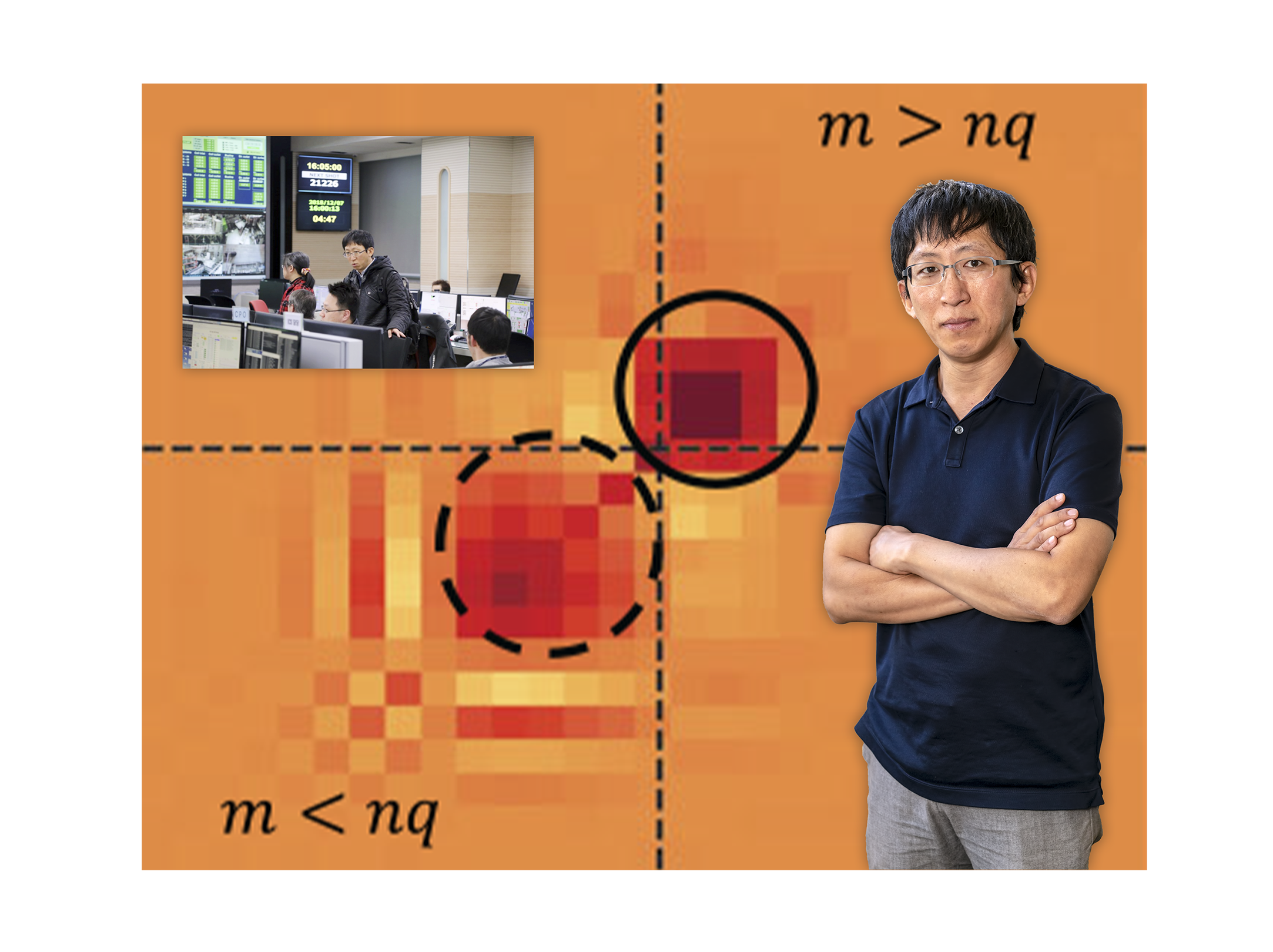
Fooling fusion fuel: How to discipline unruly plasma
PPPL scientists have developed a type of deception to calm unruly plasma and accelerate the harvesting on Earth of fusion energy.
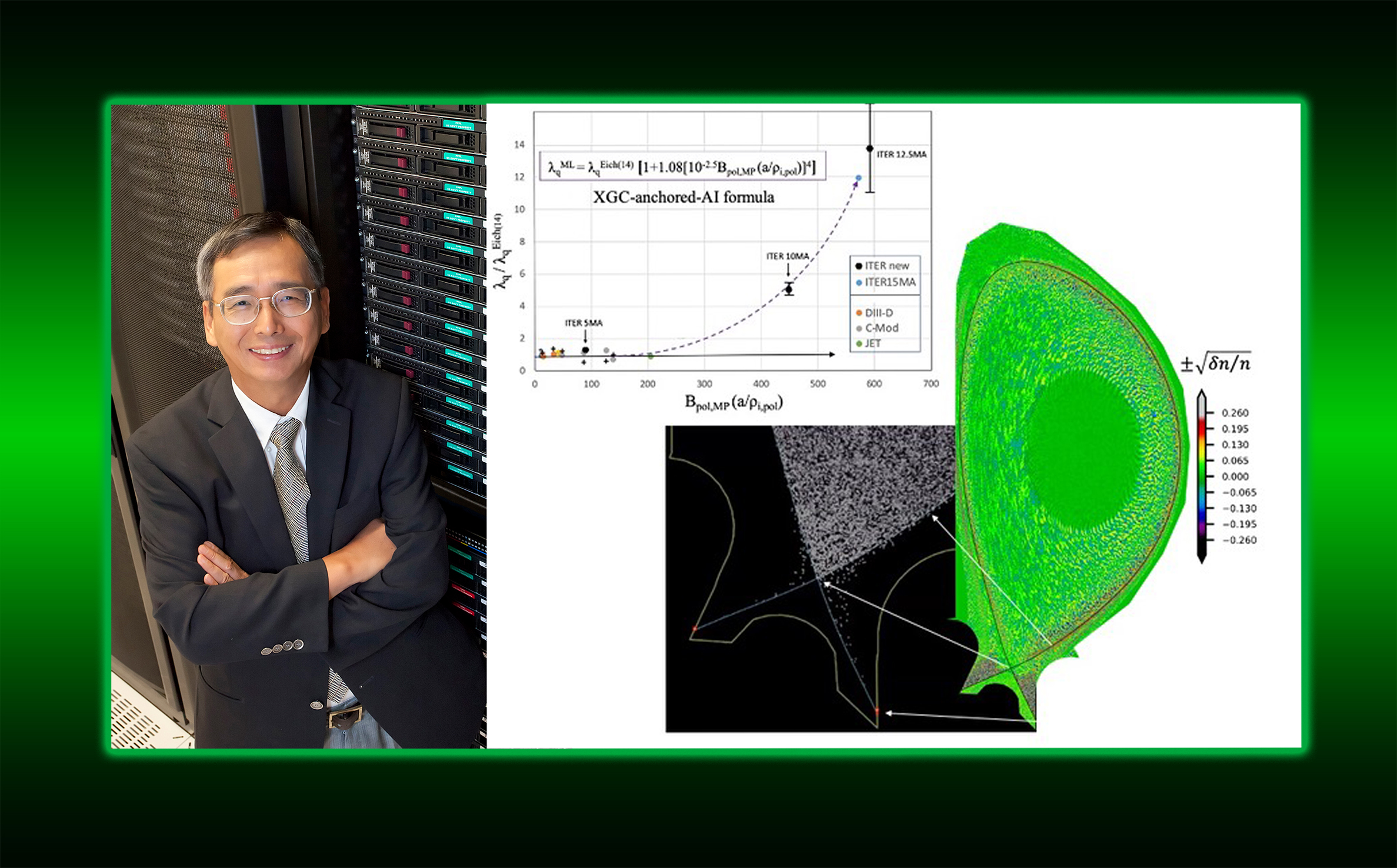
Extreme-scale computing and AI help forecast a promising outlook for divertor heat-loads in next-step fusion reactors
New computer simulation forecasts a surprisingly optimistic heat load for future fusion facilities designed to harvest on Earth the fusion that powers the sun and stars to generate electricity.
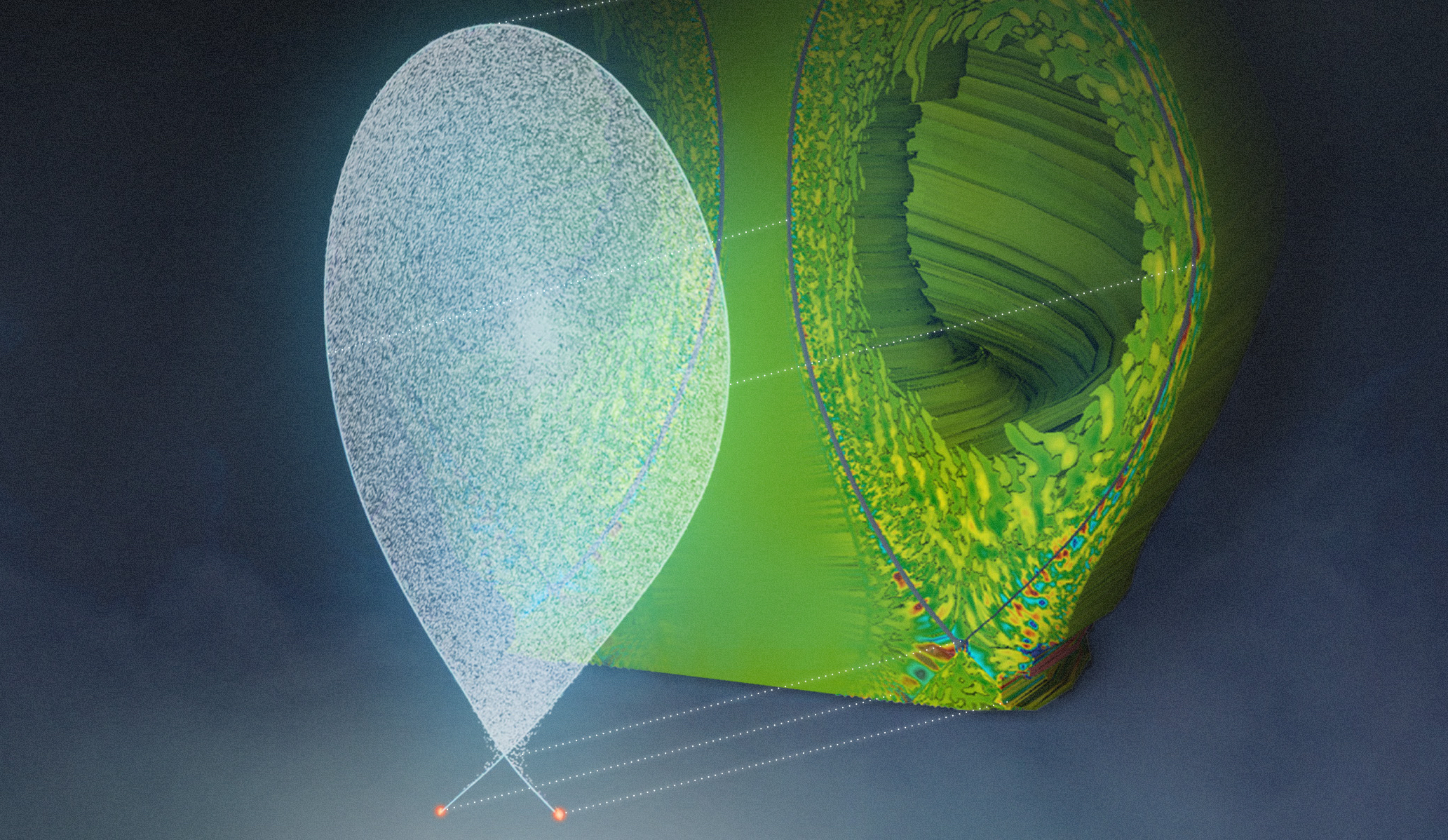
Scientists Use Supercomputers to Study Reliable Fusion Reactor Design, Operation
A team used two DOE supercomputers to complete simulations of the full-power ITER fusion device and found that the component that removes exhaust heat from ITER may be more likely to maintain its integrity than was predicted by the current trend of fusion devices.
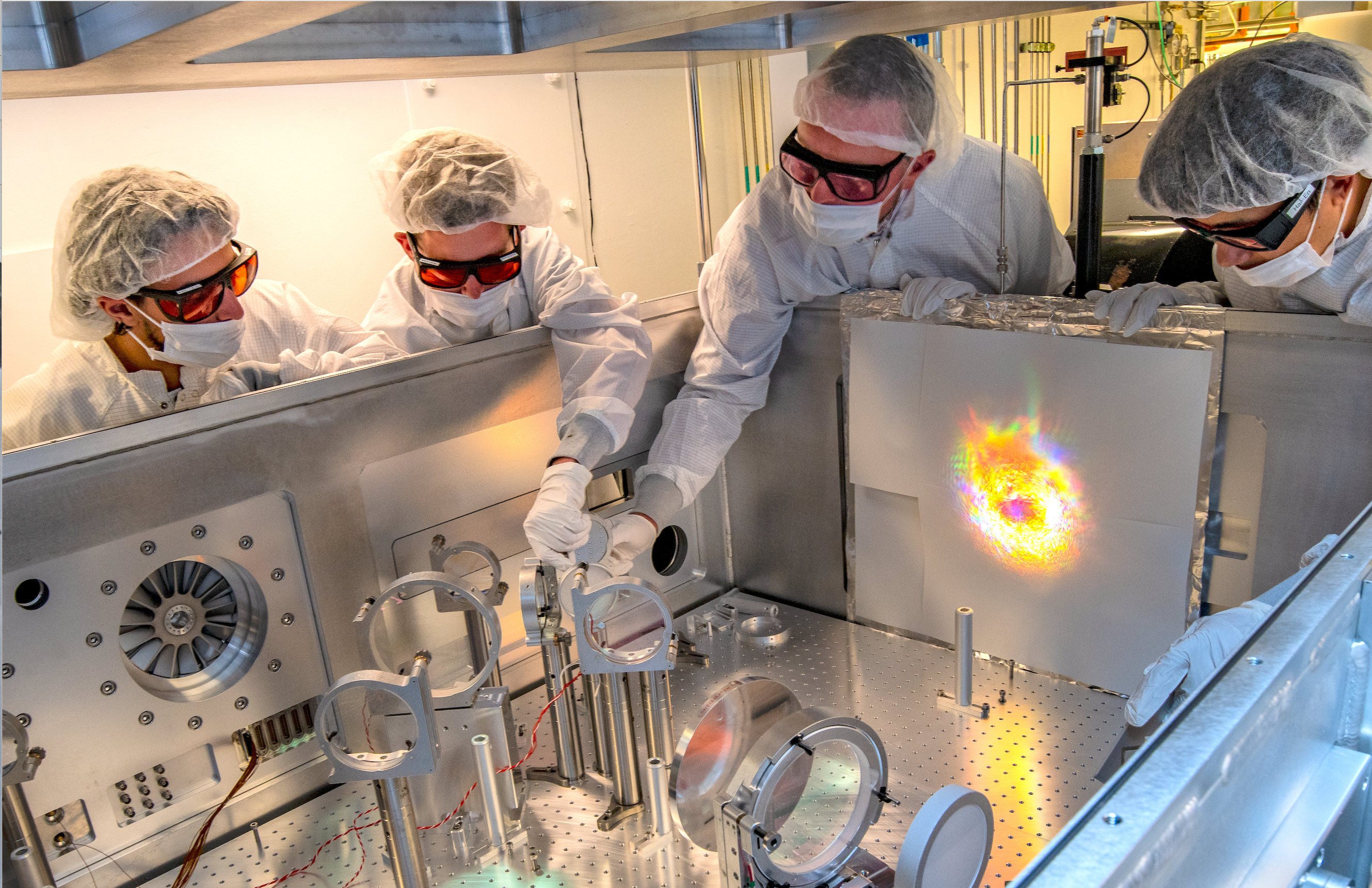
Advisory Committee Releases Strategic Plan for U.S. Fusion, Plasma Program
The U.S. Department of Energy (DOE) Fusion Energy Sciences Advisory Committee (FESAC) has adopted and endorsed a new report that lays out a strategic plan for fusion energy and plasma science research over the next decade. The report has been…
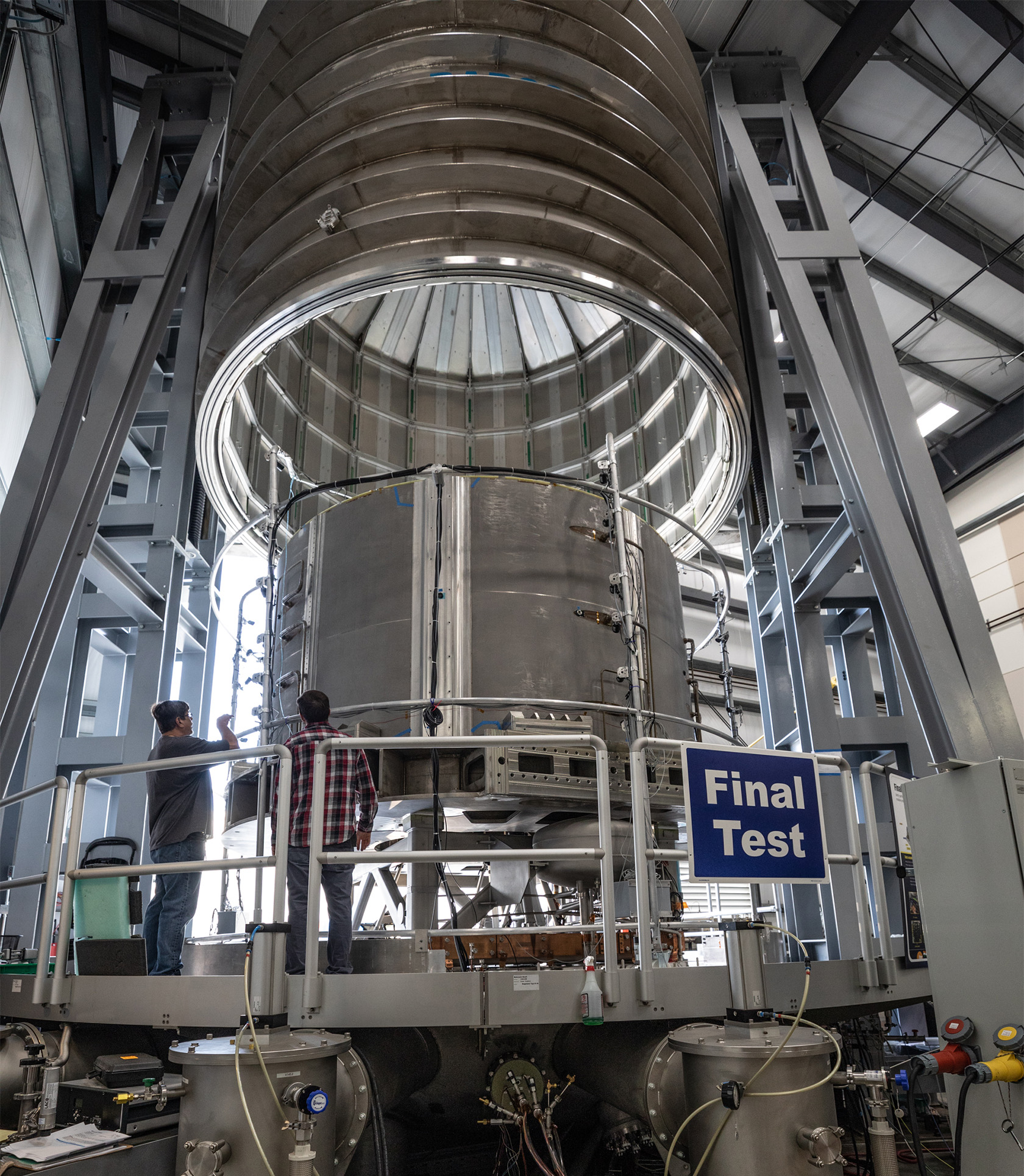
General Atomics Completes Fabrication and Testing of First ITER Central Solenoid Module
After nearly five years of fabrication and a battery of rigorous testing and troubleshooting, General Atomics (GA) has completed the first major milestone in one of the United States’ largest contributions to the ITER fusion project in France. The first module of the ITER Central Solenoid will join six others still in fabrication to make up the largest pulsed superconducting magnet in the world. The Central Solenoid will play a critical role in ITER’s mission to establish fusion as a practical, safe and nearly inexhaustible source of clean, abundant and carbon-free electricity.
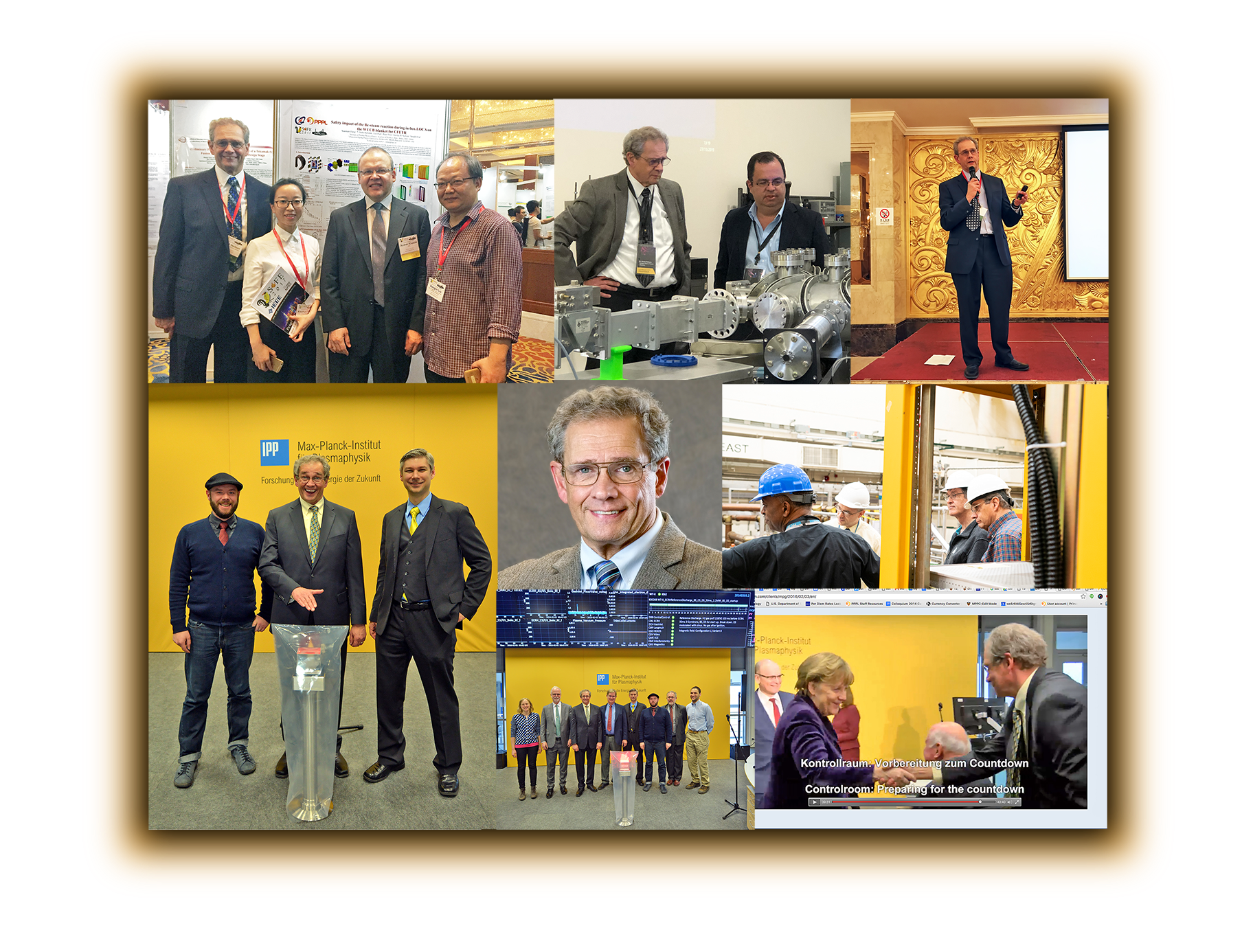
PPPL physicist Hutch Neilson receives award for decades of leadership on national and international fusion experiments
Hutch Neilson, a physicist at PPPL who is head of ITER Projects, has received the 2020 Institute of Electrical and Electronics Engineers’ (IEEE) Nuclear & Plasma Sciences Society (NPSS) Merit Award for decades of achievements, including collaborations with fusion experiments around the world from the Wendelstein 7-X (W7-X) stellarator in Germany to the international ITER experiment in the south of France.
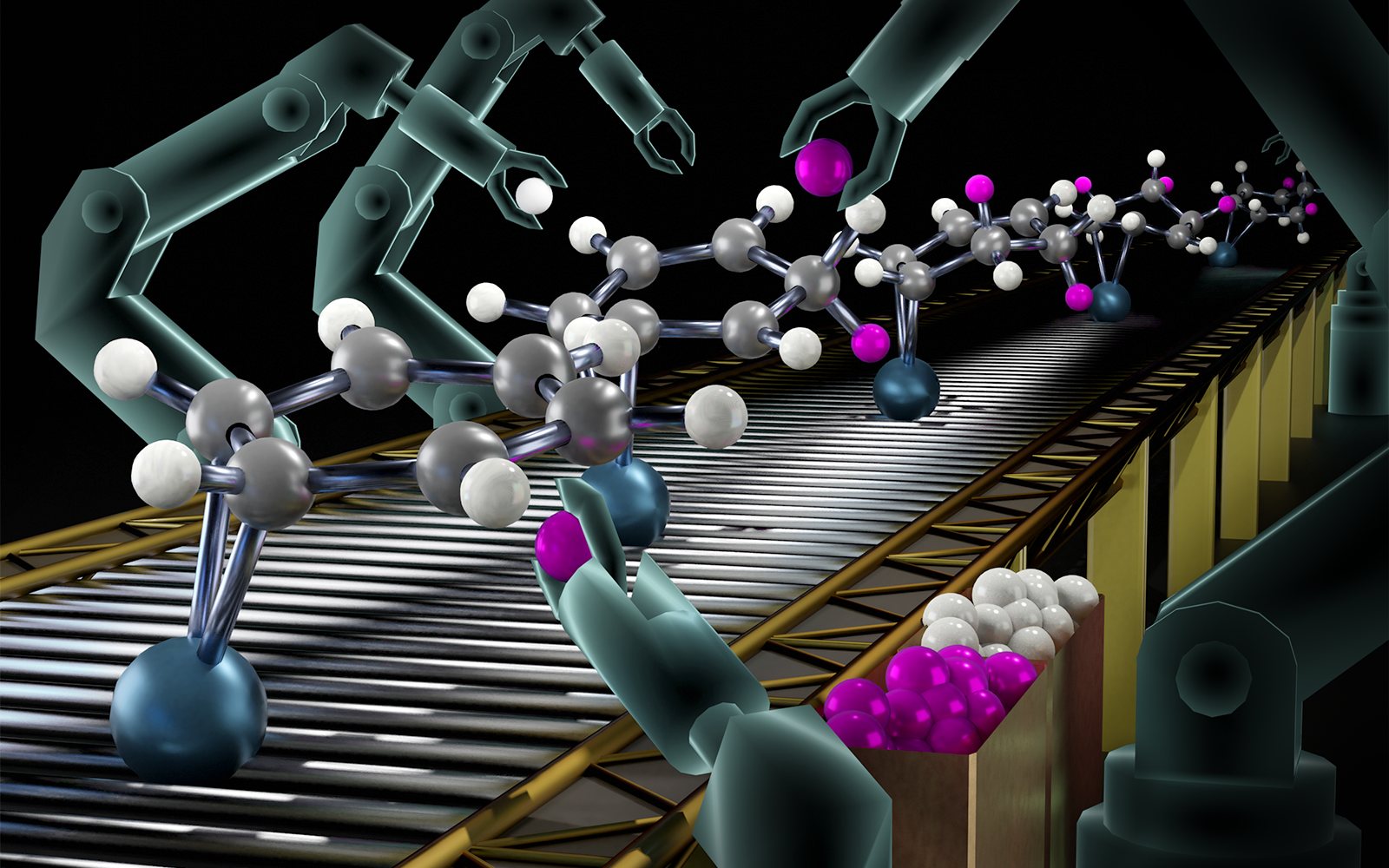
Story Tips: Shuffling atoms, thinning forests, fusion assembly and nuclear medicine
ORNL Story Tips: Shuffling atoms, thinning forests, fusion assembly and nuclear medicine

Kat Royston: Finding excitement in nuclear physics
As a teenager, Kat Royston discovered that physics could give her answers to her questions about the ways the world works. Now, as a researcher in ORNL’s Reactor and Nuclear Systems Division, she works on unraveling the mysteries of fission and fusion around the world – including research for the ITER and JET fusion experiments.

A new explanation for sudden collapses of heat in plasmas can help create fusion energy on Earth
PPPL researchers find that jumbled magnetic fields in the core of fusion plasmas can cause the entire plasma discharge to suddenly collapse.